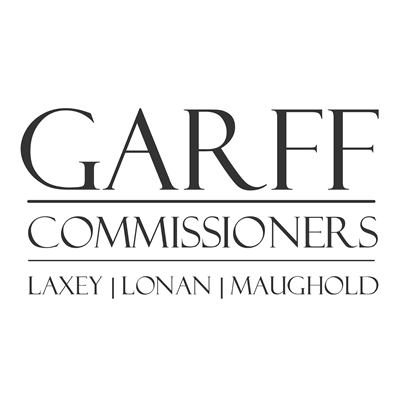| ABOUT MAUGHOLD PARISH AND ITS HISTORY The Parish of Maughold is dedicated to Saint Maughold, a Saint associated with the early Celtic Church. According to George Broderick, in his Placenames of the Isle of Man, the name would be Machall in Gaelic. The Manx name of the Parish is Skyll Maghal. |
| The ballad quoted above offers a potted history of the Island in which Maughold is credited with not only building his own church, but also making regular parishes. |
| Who was he? Early Irish writers recall MacCuill, a robber chief who was converted to Christianity by Saint Patrick, set adrift in a coracle in which he was conveyed to the Island, and later took the Bishopric. |
| Jocelin, a monk at Furness Abbey in Cumbria in the 12th Century, stated that MacCuill and Maughold are the same person, and he describes “a monastic city called after him of no small extent, the remains of whose walls may yet be seen”. |
| Today at Maughold Church, the evidence of the superb collection of early Christian cross slabs, and the group of keeils within the enclosure of the old churchyard indicate that there was an important centre of Christianity here, founded before the end of the 7th Century. |
| The Parish however has evidence of earlier settlement. Its Hill ridges from Ballajora to Barony contain Bronze Age Burial Mounds and Neolithic tombs such as Cashtal yn Ard. |
| The Parish extends from Ramsey (Ballure) to the Dhoon, and from the sea to the hill ridge of North Barrule (its boundary with Lezayre), and the peaks of Slieau Lhean, Ouyr and Ruy (its boundary with Lonan). Ramsey, south of the Leighany, was part of Maughold Parish until it was legally constituted a separate entity in 1865. |
| Maughold belongs to the Sheading of Garff, an ancient administrative division, and was considered as being in the southern part of the Island as it is on the south side of the Island’s hill ridge that ends at North Barrule. Maughold’s placenames give insights in to its history. Cornaa meaning “Mill River” is of Scandinavian origin, whilst the name “Ballafayle” is of Gaelic origin. |
| The inlets around the coast have been used since ancient times for access and fishing, and there is evidence that the Parish’s mineral resources have been exploited since at least the medieval period. An example of this activity being the iron mines around Maughold Head. More recently extensive evidence of 19th Century industry can be seen in the extensive mine workings at the head of the Cornaa Valley. |
| The 19th Century also saw the building of the Bellite works at Port Cornaa, and Iodine works north of Maughold Head at the bottom of the cliffs! Schools and Methodist chapels were built, and the “visitor industry” grew rapidly towards the end of the century. The latter resulting in the building of the Manx Electric Railway, the opening to the public of the dramatic glens at Ballaglass and Dhoon, and the establishment of inns along the new Douglas to Ramsey road such as “The Slieau Lewaigue Hotel (Now a private dwelling named “The Rest and Be Thankful”) and the Glen Mona Hotel, from which the area takes its name. |
| Look for evidence of its history, for example the old roadside water troughs, milestones and limekilns. Look also for evidence of people and events which have left their mark – the Quaker burial ground, the war memorial on North Barrule, the memorial to William Kennish at Corony, the plaque marking the start of the Gordon Bennett Trials at Port e Vullen. |
| Look for the fine Celtic and Viking crosses in the cross house at the Parish church. Inside the Church find the Parish Cross, which is unique on the Island and dates from the 14th Century. It bears the earliest depiction of the “Three Legs of Man” Triskelion and is made from St Bees sandstone; a reminder of Maughold’s connection with Furness Abbey. |
| Also around the Church and its yard are memorials to those parishioners who are remembered for their contributions to Island Life – Edward Christian, the first Manx Governor, P.M.C Kermode, the first Curator of the Manx Museum, and Sir Charles Kerruish, first President of Tynwald. |
| For more information read “A History of Kirk Maughold” and “Maughold and Ramsey Placenames” by William and Constance Radcliffe. |
|
“Eisht haink Maughold ayn myr heer “Then came Maughold we are told |
